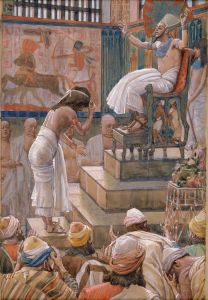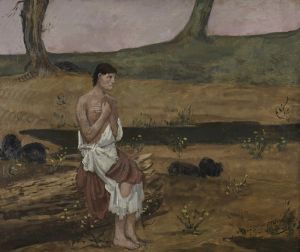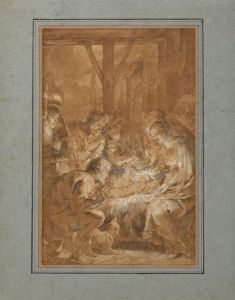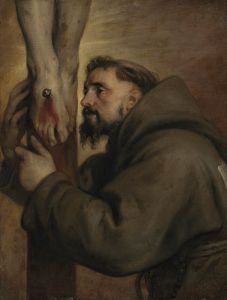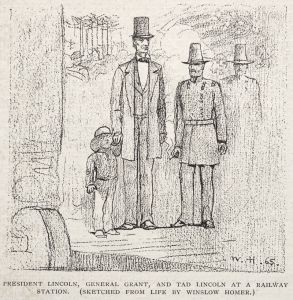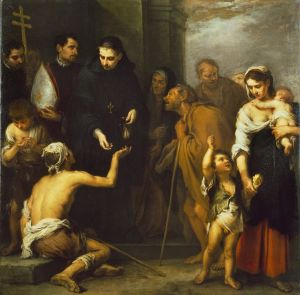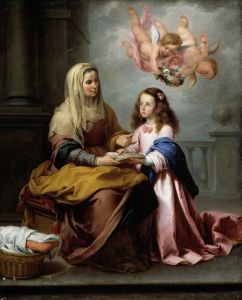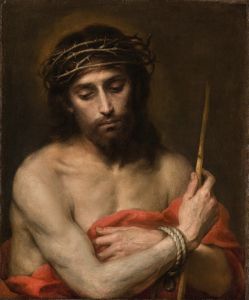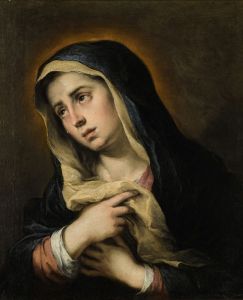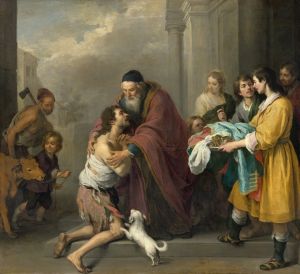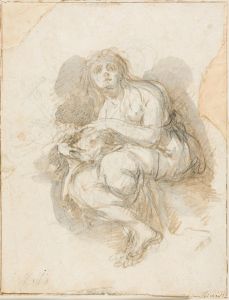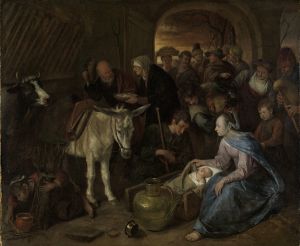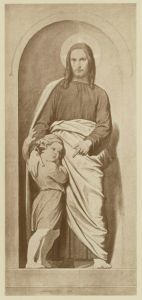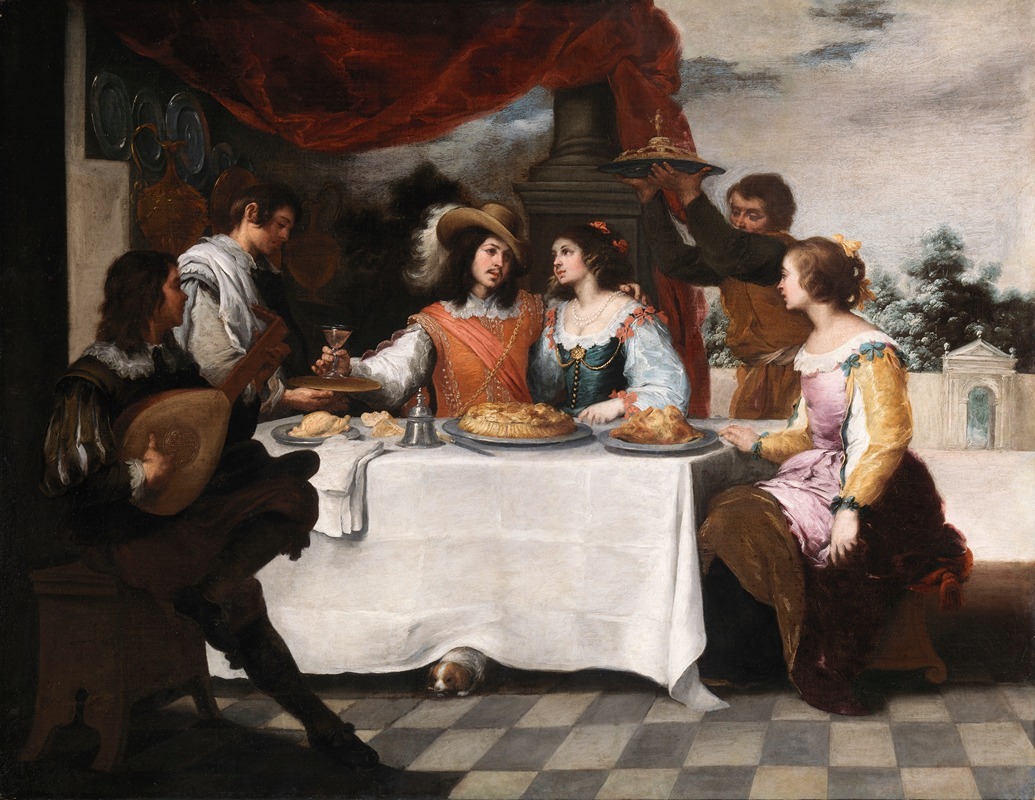
The Prodigal Son Feasting
A hand-painted replica of Bartolomé Estebán Murillo’s masterpiece The Prodigal Son Feasting, meticulously crafted by professional artists to capture the true essence of the original. Each piece is created with museum-quality canvas and rare mineral pigments, carefully painted by experienced artists with delicate brushstrokes and rich, layered colors to perfectly recreate the texture of the original artwork. Unlike machine-printed reproductions, this hand-painted version brings the painting to life, infused with the artist’s emotions and skill in every stroke. Whether for personal collection or home decoration, it instantly elevates the artistic atmosphere of any space.
Bartolomé Esteban Murillo's The Prodigal Son Feasting is a painting created by the renowned Spanish Baroque artist, who is celebrated for his religious works, genre scenes, and depictions of everyday life. This artwork is part of a series of paintings that Murillo produced based on the biblical parable of the Prodigal Son, as recounted in the Gospel of Luke (Luke 15:11–32). The series illustrates key moments from the parable, which tells the story of a wayward son who squanders his inheritance but is ultimately forgiven and welcomed back by his father.
In The Prodigal Son Feasting, Murillo captures the moment when the prodigal son indulges in a life of excess and revelry after leaving his family. The painting depicts a lively banquet scene, with the central figure of the son surrounded by richly dressed companions, food, and drink. The composition emphasizes the hedonistic atmosphere of the gathering, with detailed attention to the luxurious clothing, tableware, and expressions of the figures. Murillo's use of light and shadow enhances the dramatic contrast between the opulence of the feast and the moral lesson of the parable.
This painting, like others in the series, reflects Murillo's skill in storytelling through visual art. His ability to convey human emotion and moral themes made his works highly popular during his lifetime and beyond. The series was likely intended for a private patron, as it was common for wealthy individuals or religious institutions to commission such narrative cycles for devotional or decorative purposes.
Murillo's The Prodigal Son Feasting is notable for its combination of realism and idealization, a hallmark of his style. The figures are rendered with naturalistic detail, yet the overall composition conveys a sense of theatricality that draws the viewer into the scene. The painting also serves as a moral commentary, illustrating the consequences of indulgence and the eventual redemption that follows repentance.
The exact date of the painting's creation is not definitively documented, but it is generally attributed to the mid-17th century, during Murillo's mature period. The series, including The Prodigal Son Feasting, is housed in the National Gallery of Ireland in Dublin, where it remains an important example of Murillo's narrative and artistic prowess.
Murillo's work continues to be studied and admired for its technical excellence and its ability to convey complex moral and spiritual themes in an accessible and visually engaging manner.





